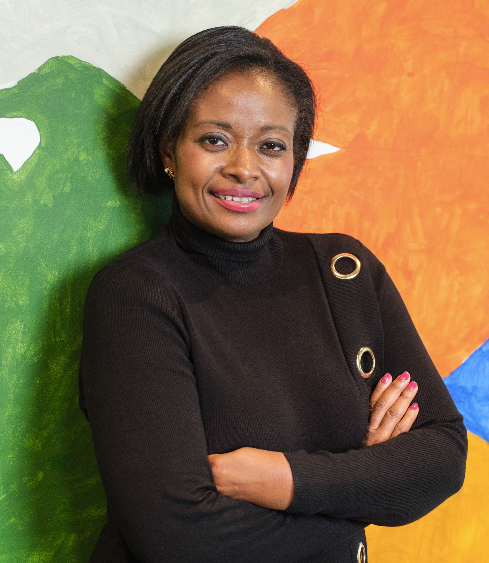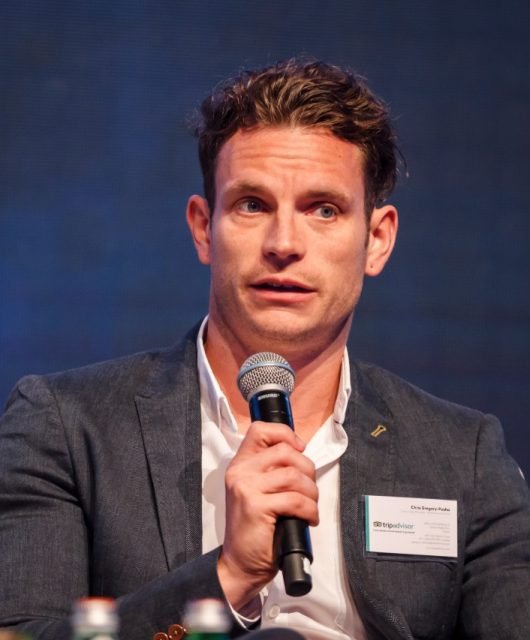2020’s Defining Trends Of The Regional Marketing Industry: IAB’s Ian Manning Perspective
- Disruption to the status quo in the social media space
Expect the continued, and probably, accelerated growth of TikTok and Snapchat across the region which will both start to become interesting challenges to the social media status which has been and is likely to continue to be dogged by accusations of fake news, viewability issues, data breaches and so on.
These platforms have something in common that the likes of Facebook and Twitter do not – they are Fun, authentic and entertaining, they don’t take themselves too seriously. SnapChat is a place to ‘have fun together’ while TikTok aims to ‘inspire creativity and bring joy’.
Against a backdrop of economic, environmental and social pressures in 2020, I believe consumers will want a bit more of that. Just look at how they reacted to political advertising, with TikTok basically saying it has no place on the platform, unless its fun, while in contrast Facebook has continued to accept millions of Dollars in ad revenues. The recent developments in Deepfake technologies are also evidence of how their approaches differ. While TikTok and Snapchat seem to see deepfakes as great fun for fun face swaps and other creative expressions, Facebook is worried about Fake news and has therefore banned them on the platform – same technology, different take on their users intentions.
- Mobile first Video finally takes centre stage
Over the past few years, we have seen a slow and steady shift to mobile creative. Snackable, vertical videos, often taken as adaptations of the original landscape creations. Due to the increased importance of platforms such as TikTok, Snapchat and Vertical Stories on Instagram, vertical mobile-native video is really the only viable option to connect with consumers on social.
Expect vertical mobile-first video ideas and creations to take centre stage. Based on consumer insights, platform context and of course brand values, the ideation, creation and production will all be mobile/platform centric. We could see 2020 as the real birth of creativity on mobile as opposed to (often low cost) adaptations for mobile that we saw in 2018 and 19. Marketers and agencies will simply have no choice but to shift behavior and they’ll need to embrace creative technology and automation to make that possible.
- New Partnerships and Ecosystems see the ‘return of the agency’
Over the past few years Adtech and Martech have grown in leaps and bounds. From large established companies like Salesforce through to startups with a few passionate people and a laptop. Recent data and privacy restrictions such as GDPR/CCPA and antitracking browsers have slowed the rush to adtech recently.
2020 may see a return, but not a repeat. Some clients have seen the growth of paid social adtech as a possible replacement of agencies allowing clients to go direct to platforms with platform optimized creative and media. With the market maturing and becoming more complex, we may start to see a more holistic ecosystem developing in 2020. Ad tech is typically either generalist or specialist in nature and clients will need both to complement their martech and measurement suppliers.
Agencies have been expert at co-ordinating, managing and driving opimisation of suppliers for years, so who better to build and manage this tech ecosystem than Agencies. They are well placed to build partnerships at scale with a range of tech businesses and bring together the best combinations for clients’ specific needs.
- Mobile Shopping and customer experiences
Shopping has never gone out of fashion, but 2020 will see a newfound focus on eCommerce, or more accurately, mCommerce. The recent launch of Amazon advertising solutions in MENA will put eCommerce environments firmly on the radar for brands, as it has done in other markets. But, it’s not only Amazon changing the game. Apps like Instagram, TikTok and SnapChat alongside the likes of Shopify will also drive a focus on commerce opportunities, adding new routes to market at scale. Small businesses, multinationals, influencers all competing for attention on an equal footing. Measurement of social will finally shift to hard metrics like sales or revenue generated as opposed to vanity (eg: Likes) or surrogate (eg: reach) metrics.
Mobile will be a key component of instore brand experience too. AR will go mainstream, whether via brand led AR experiences or platform led interactions, like Snap codes. This will impact the instore environment, ensuring that the mobile device is a key driver of both eCommerce and traditional commerce. By creating more immersive and engaging brand and/or instore experiences, consumers will be connecting to brands in new and more meaningful ways. This will transform marketing, once again flattening the funnel and placing the mobile device at the centre of the experience.
Finally, we will see the further growth of direct customer communications using messaging apps such as Whatsapp, or swipe to call features such as on SnapChat.
The full customer experience journey will be on mobile, with customer communications via messaging, shopping on mobile apps and even when shopping instore, mobile will be enhancing the experience. This shrinking of the funnel will force advertisers into thinking less about the marketing funnel and more about what Tom Collinger from NorthWestern University calls ‘the marketing engine’. A series of interconnected activities simultaneously driving the relationship between brands and consumers, with mobile an enabler and enhancer throughout.





